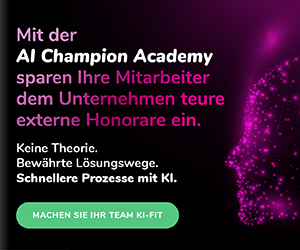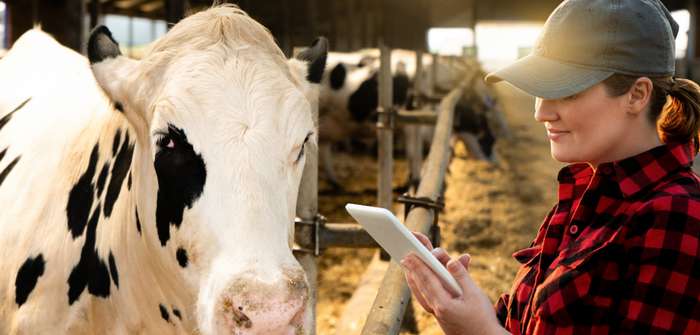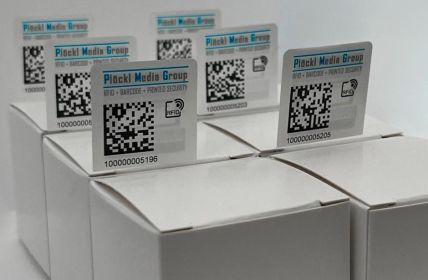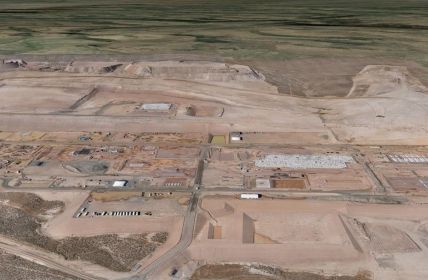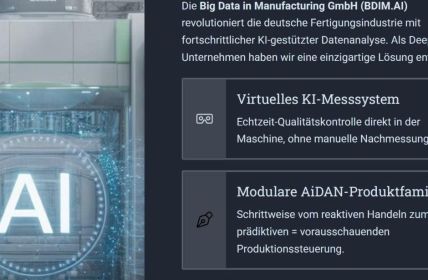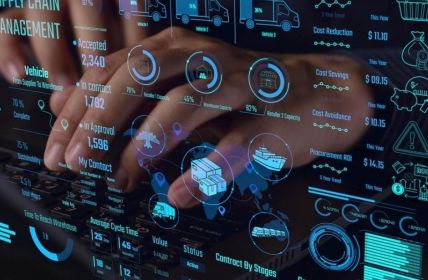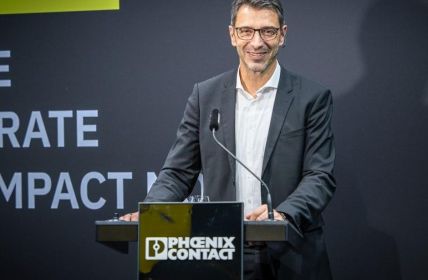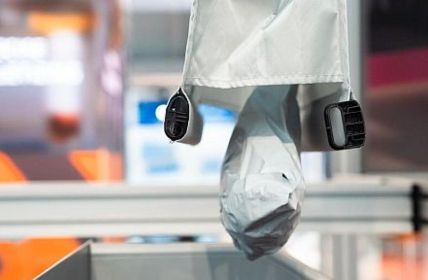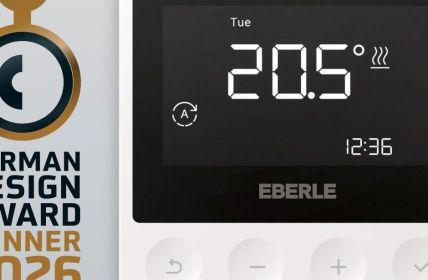IoT-enabled devices are known for their economic benefits. Service providers, retailers as well as manufacturing companies benefit from them. In addition, they can also provide socio-economic benefits. This is beneficial in many environmental as well as social areas. Examples are the use in health care, in educational institutions, but also in animal welfare. In the following, we elaborate on selected approaches.
Table of Contents: What awaits you in this article
IoT-enabled devices: Not only relevant in industry
Internet of Things-enabled devices (IoT) enable the manufacturing industry to make predictions about machine performance that facilitate maintenance and replacement during quiet periods. This is one of the major economic benefits. These are also evident in warehousing and retail stores, where inventory can be better monitored as well as managed. Electric utilities benefit from the ability to calculate energy consumption more accurately.
They no longer even need to send an employee to the site to take readings. In addition to these popular IoT applications, there are many more. The technology is increasingly finding its way into the healthcare sector. There, it can provide better patient care. In educational institutions, for example, it is increasing opportunities for students who are unable to connect with traditional forms of schooling.
IoT in animal welfare
The IoT offers the ability to collect big data in a wide variety of areas. This has been used by forestry officials in Tanzania. They attached IoT sensors to endangered black rhinos in Mkomazi National Park. The goal here: to monitor activities as well as residency of the large mammals to ensure the best possible protection from poachers. Their location is documented several times an hour.
Conservationists are thus able to react quickly if behavior appears unusual. The Virginia Aquarium & Marine Science Center in Virginia Beach, USA, uses a similar approach. There, the history of every fish in the aquarium is recorded using an RFID system. The aim is to monitor and, if necessary, improve the behavior, lifespan and health of the animals.
Growth of concepts expected by experts
In addition to these selected examples, there are other concepts for IoT applications in uncontrollable as well as controllable environments that focus on monitoring animal health and protecting their habitat. With the maturation of 5G and AI, experts expect this area to increase even more in the future, as well as become more robust.
The goal is for solutions to be able to efficiently process the increasing amount of complex information and data and initiate appropriate (environmental) measures on this basis. It is essential that the systems are capable of simple and cost-efficient fauna monitoring, even in undeveloped environments.
This is relevant because uncontrollable habitats do not have the necessary prerequisites – such as a stable Internet and the appropriate technology infrastructure. Solutions must instead rely on GPS in conjunction with a cellular network to acquire data.
Deploying IoT-enabled devices in healthcare.
IoT-enabled devices are also increasingly being used in healthcare. The goal is, for example, to be able to monitor a patient’s vital functions outside of inpatient observation. This allows the patient to remain in a familiar environment such as home, while at the same time relieving the burden on hospitals. The costs of hospitalization are also eliminated. But this is just one of many examples.
The use of IoT-enabled devices in healthcare ranges from fall detection for seniors, to post-surgical care, to vital sign monitoring for infants. The ability to monitor a patient’s health in real time allows for faster response to many emergencies. It also reduces the need for a time-consuming doctor’s visit. This advantage came into play especially in the wake of the Corona pandemic. This led to a virtual explosion in the supply and use of telemedicine services.
